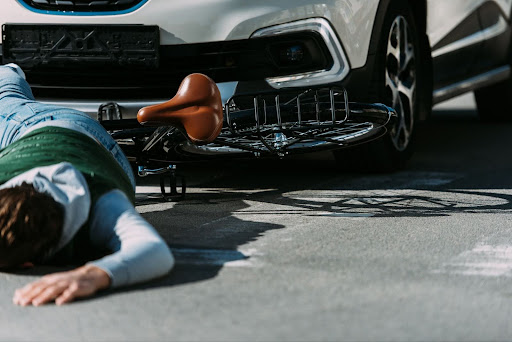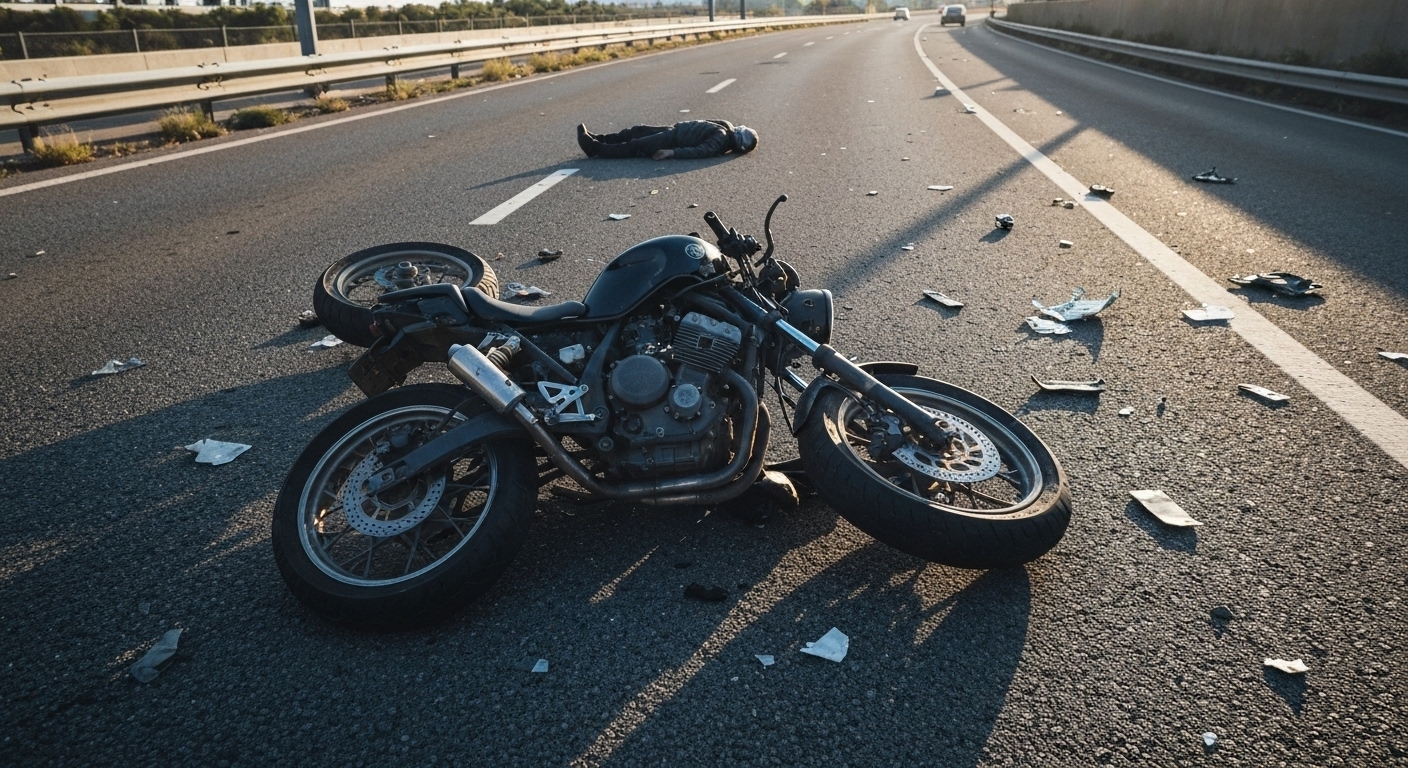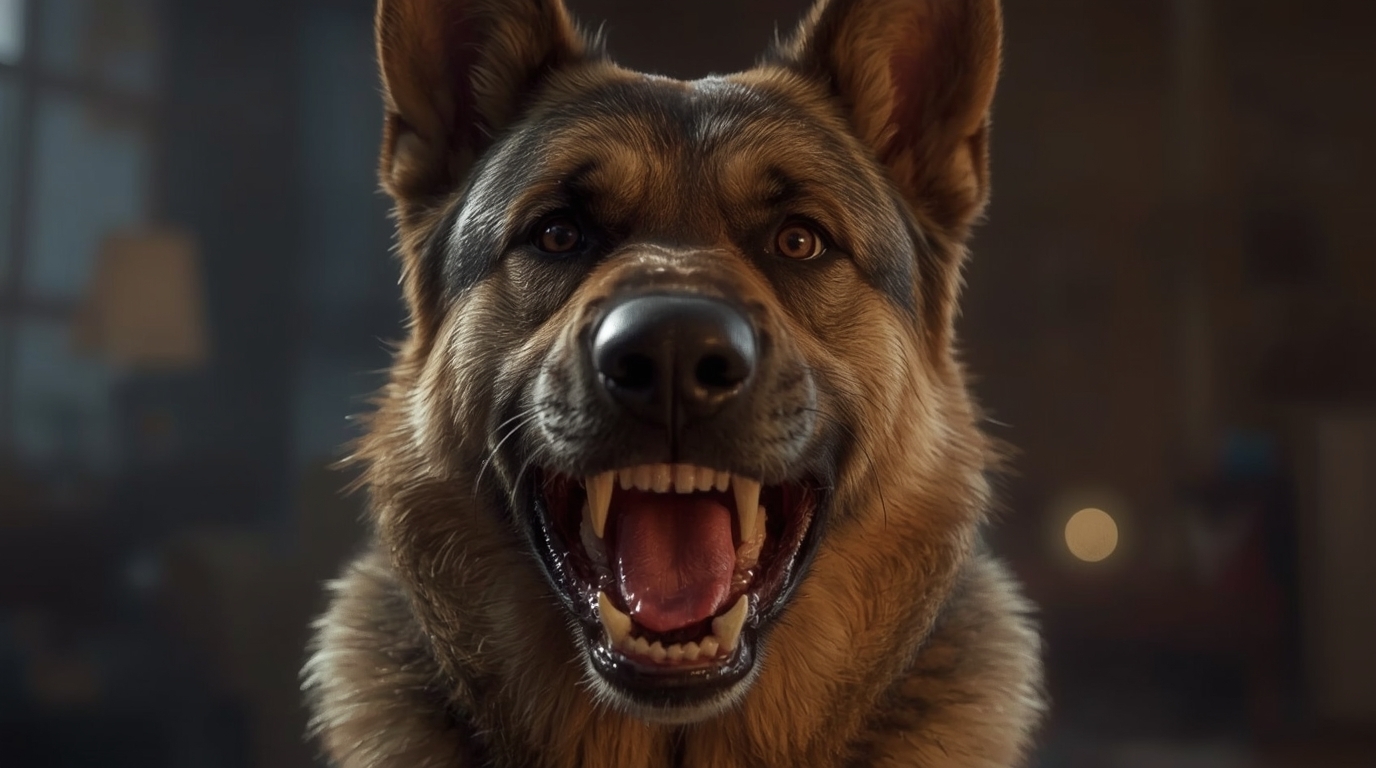A hit-and-run accident can leave victims shaken, injured, and often unsure where to turn. You might not know who hit you, yet you still need medical care and a way to pay for repairs. The good news is that you may still have options to recover compensation even when the other driver disappears.
This guide outlines the essential steps to take, explains how to report the crash, and provides information on utilizing your own insurance coverage to protect yourself.
At Lowe Law Group, we help crash victims navigate claims that seem impossible. We know how insurers handle hit-and-run cases and how to build strong claims even when the at-fault driver cannot be found. With years of trial experience and millions recovered for clients, we fight for victims while offering guidance and compassion during difficult times.
Follow the steps below to protect your rights from the outset.
What To Do On A Hit And Run Accident: Key Takeaways
- Act quickly. Document the scene, your injuries, and vehicle damage right away.
- Report promptly. File a police report and notify your insurer as soon as possible.
- Know your coverage. Uninsured motorist insurance can pay for damages when the at-fault driver is unknown.
- Use witnesses. Statements and the nearby video can strengthen your claim.
- File without fear. You can still pursue a claim without knowing the other driver, and a lawyer can help you avoid insurer traps.
Steps to Take Immediately After a Hit and Run
Check safety and call 911. Get medical help and create an official record of the crash. Even if injuries seem minor, calling emergency services ensures everything is documented.
Document the scene. Take photos and video of your vehicle, the roadway, traffic signals, debris, and any paint transfer from the fleeing vehicle.
Write down what you remember. Details fade quickly. Note the time, location, direction of travel, and any details about the fleeing vehicle, such as color, type, damage, or a partial plate.
Look for cameras and witnesses. Identify nearby businesses, homes, or traffic cameras. Ask witnesses for names and phone numbers.
Seek medical care. Even if you feel fine,it’s still a good idea to get evaluated. Soft-tissue injuries, concussions, and internal injuries often appear later.
Preserve evidence. Save damaged parts, retain dashcam footage, and refrain from repairing the car until insurers or investigators have documented it.
These steps lay the foundation for your claim and support the police investigation. According to the National Conference of State Legislatures, every state requires drivers to remain at the scene of a crash. Leaving is not only unfair, it is a criminal act with penalties that can include fines and jail time. Documenting your side of the story is crucial when the other driver is uncooperative or disappears.
Reporting the Incident to the Police and Insurance Company
File a police report as soon as possible. Provide photos, video, dashcam clips, and any witness contacts. Ask for the report number and the agency handling your case. A strong police report adds credibility to your insurance claim and makes it harder for insurers to deny or reduce payment.
Notify your insurer promptly. Many policies require immediate notice for hit-and-run claims. Share the police report number, a description of injuries, and visible damage. Avoid speculating about fault; stick to the facts, and let your evidence speak for itself. This not only protects your credibility but also ensures consistency across your claim.
For guidance on the claims process, you can review our car accident practice page or schedule a visit or call for personalized advice.
Uninsured Motorist Coverage for Hit and Run Victims
Uninsured motorist coverage, often listed as UM or UIM, is designed to protect individuals when the at-fault driver is uninsured or cannot be identified. In many states, a hit-and-run incident qualifies as an uninsured motorist event. Depending on your policy, UM can cover:
- Medical bills and future treatment
- Lost wages and reduced earning capacity
- Pain and suffering, depending on state law
- Vehicle and property damage if you carry uninsured motorist property damage (UMPD)
The Insurance Information Institute emphasizes that UM coverage is one of the most important protections for drivers. It can make the difference between financial hardship and meaningful compensation after a hit-and-run.
Policies differ, so read your declarations page and ask your adjuster for a clear, written explanation of benefits. If there is a dispute, an attorney can challenge denials, obtain independent medical opinions, and present additional evidence to support your claim.
How Witness Statements Can Strengthen Your Claim
Witnesses help fill the gaps left by a fleeing driver. Their accounts can confirm the direction of the other car, the status of the traffic signal, speed, and whether the driver attempted to stop. These outside voices often carry weight because they have no financial stake in your claim.
To get the most value from witness statements:
- Collect contact information at the scene.
- Request a brief written or recorded statement while memories are still fresh.
- Request that witnesses share any photos or videos they captured.
If you locate a business or traffic camera, note its location and the time. Your lawyer can send preservation requests to prevent footage from being overwritten. Real-world proof from independent witnesses can turn a weak case into a strong one.
Filing a Claim Without Knowing the Other Driver
You can still recover compensation even if you cannot identify the at-fault driver. Most claims proceed through your own policy under UM or collision coverage. The key is proving two things: that a hit and run occurred and that the crash caused your injuries and damages.
Your police report, medical records, photos, and witness statements become the backbone of your case. Insurers may ask for recorded statements, broad medical authorizations, or push for quick settlement agreements. Be careful. Communicate in writing, provide only what is necessary, and consult an attorney before signing anything. If negotiations stall, a lawyer can escalate the claim, arrange arbitration where applicable, or file a lawsuit against unknown parties if state law allows.
Hit-and-Run Accident: FAQs
Here are the common questions we receive regarding a hit-and-run accident:
Can I file a claim if I never found the other driver?
Yes. Many hit-and-run claims are paid through uninsured motorist or collision coverage when the at-fault driver cannot be identified.
Do I need a police report?
A police report is strongly recommended and often required by insurers for hit-and-run claims. It helps establish that the crash occurred and that the other driver left the scene.
Will my rates go up if I use UM coverage?
Rate changes depend on your insurer and state rules. Using coverage you pay for should not unfairly penalize you. Ask your insurer to explain any increases in writing.
What if I were a pedestrian or cyclist?
You may still qualify for UM benefits through your own auto policy. Some states allow claims through household policies if you do not own a car.
Should I speak with the adjuster over a recorded line?
Provide only basic facts. Consider legal advice before answering detailed questions about injuries or fault.
What This Means for You
Hit and run cases are frustrating, but you are not powerless. Quick action, a strong police report, and careful use of uninsured motorist coverage can move your claim forward. Witnesses and medical documentation add weight to your case, while legal guidance protects you from insurer tactics.
At Lowe Law Group, we combine compassion with proven results. Our attorneys have helped countless families recover after devastating crashes, and we fight for every dollar our clients are entitled to.
You can schedule a visit or call today for a free consultation. We listen. We care. You win.








